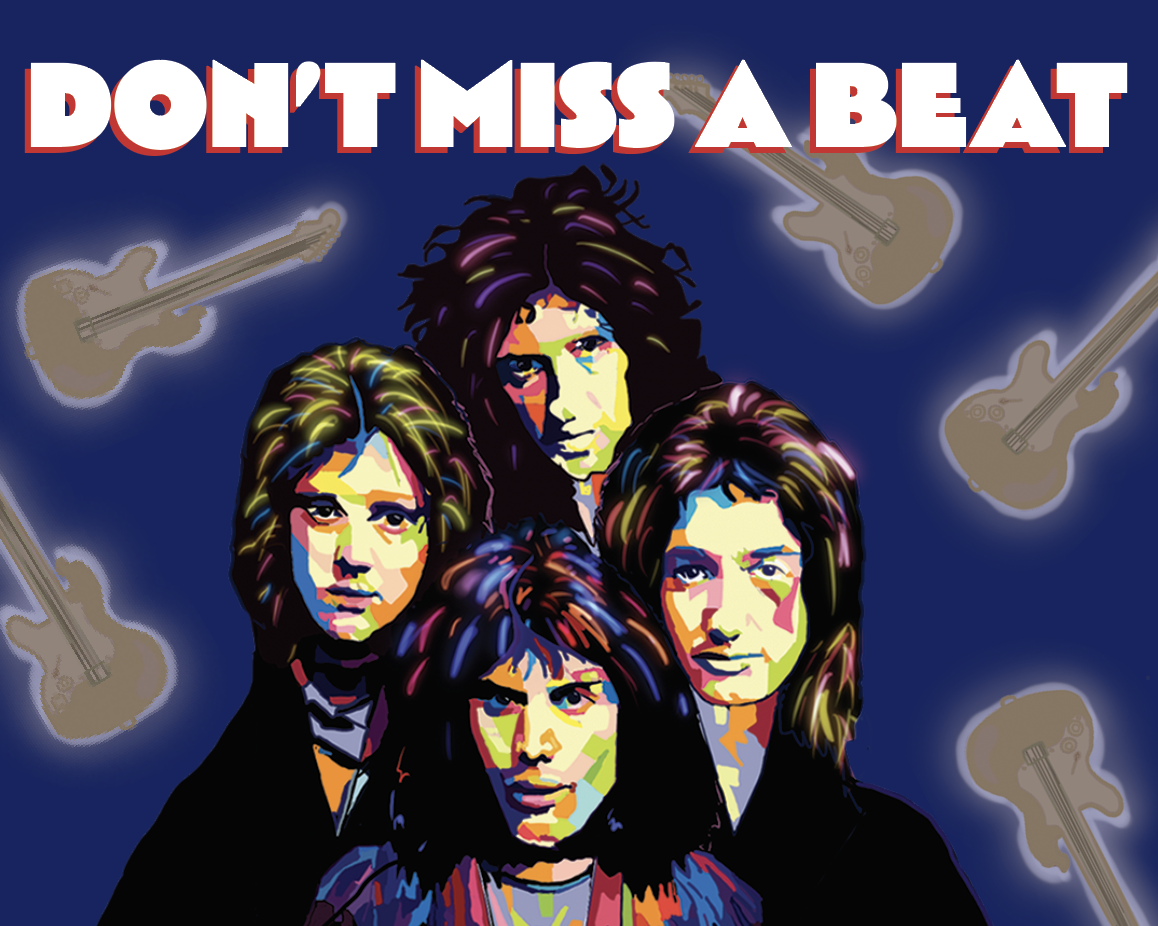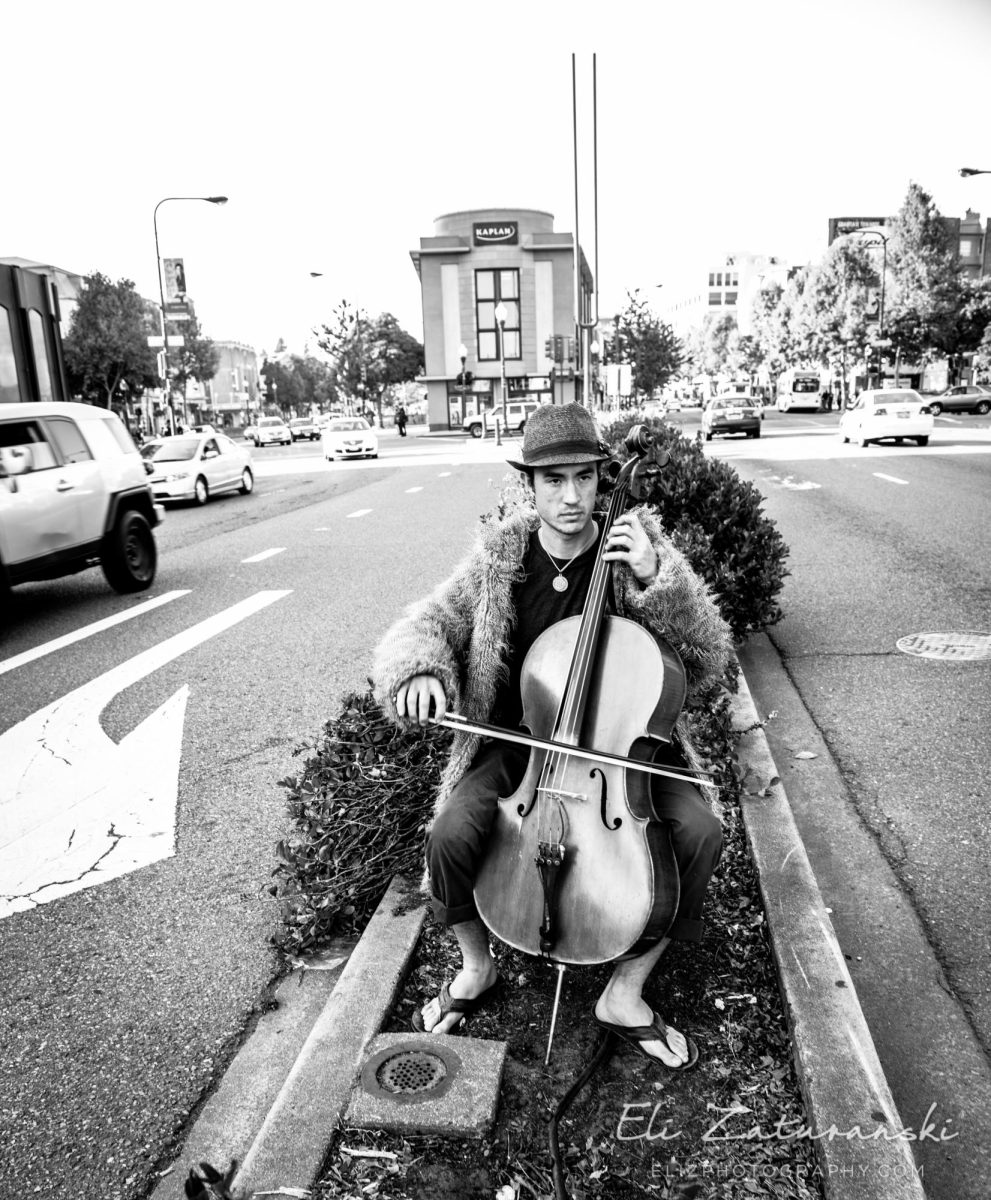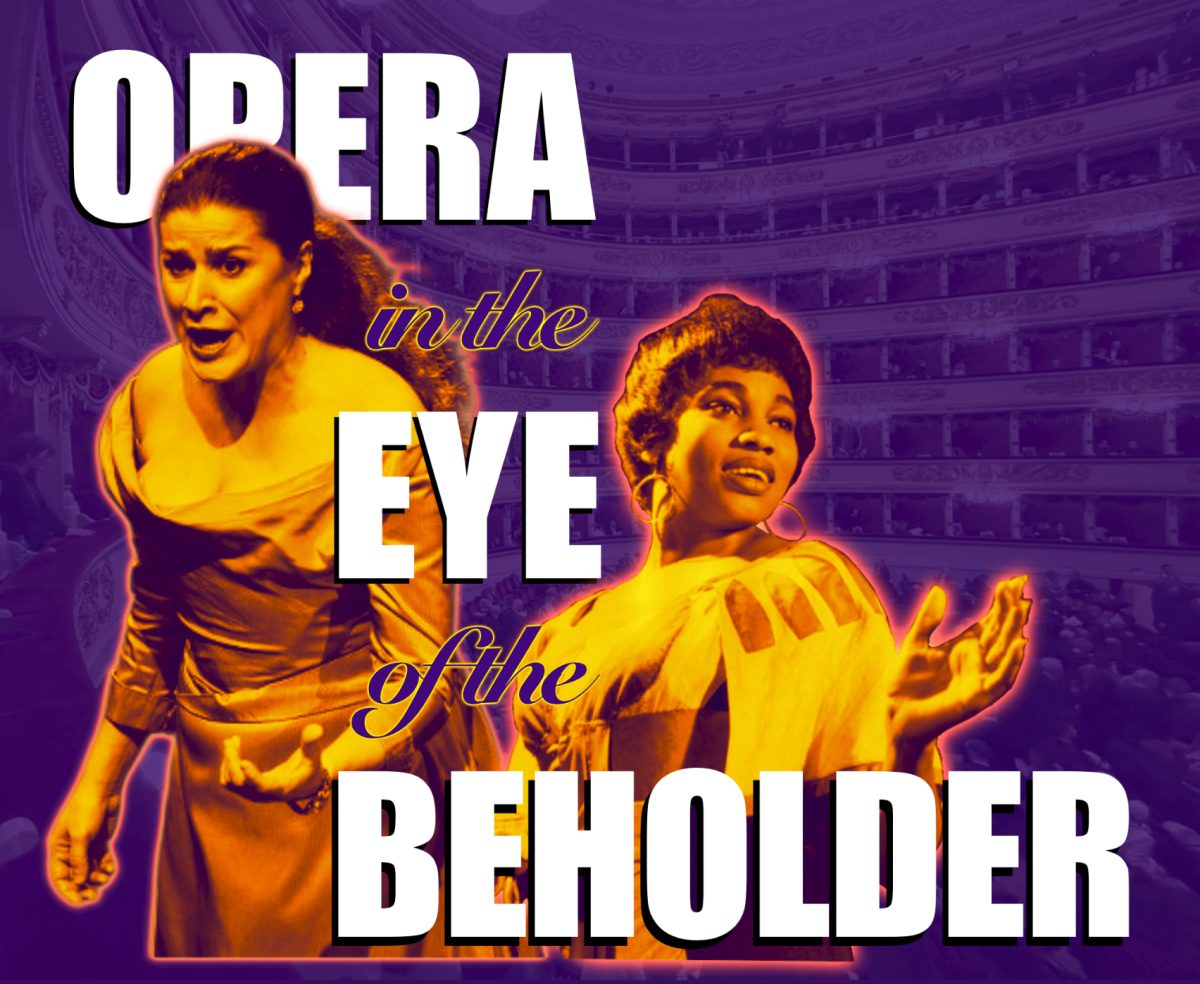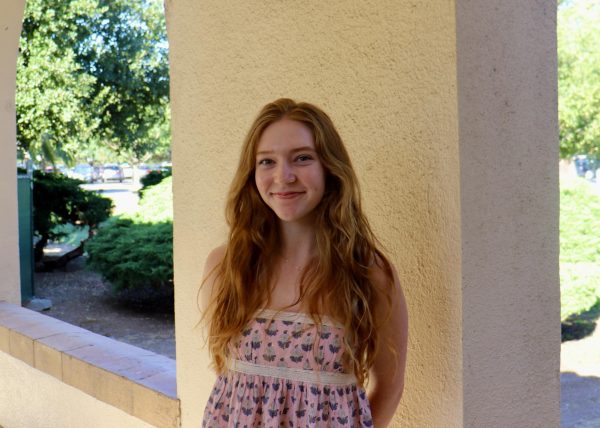A drum beat. A bass line. Even a single riff. It only takes the smallest musical similarity to link two songs together, and when it’s done correctly, it can be extremely impactful. Music sampling, despite gaining popularity with the emergence of the Hip Hop scene in the 1980’s, is no new feat.
For as long as humans have made art, works have consisted of a mix of cultural influences and inspirations: the Romans imitated the Greeks, the Greeks took inspiration from the Egyptians, and the Egyptians from those who came before them.
Mariam Kubursi, a senior at Gunn High School, embraces this perspective through her own music career.
“I think finding inspiration from other works or artists is totally normal and even impossible to avoid when it comes to music,” Kubursi said. “All music starts from another form of music, whether that’s pop, jazz, rap, or blues. Everything is built off of everything in a sense.”
The use of samples in music is one of the most blatant continuations of this practice – artists taking inspiration from the works of their predecessors.
Disc cutters, or record lathes, allowed people from as early as the 1930s to transcribe their music onto vinyl records, leading to the first musical “collages.” One of the first examples of this technique was Pierre Schaeffer’s 1948 creation of Étude aux Chemins de Fer, which combined audios of trains on vinyl to make one single cacophony, setting the stage for the future musical trailblazers of the 1970s and 1980s.

One of these musicians, acknowledged in the Guinness Book of World Records as the first official artist to use a sample in a song, was South African musician John Kongos.
Kongos added a pre-recorded drum track into the background of his 1971 song, ‘He’s Gonna Step on You Again‘ by utilizing tape loops, infinitely-repeating cassette tapes, playing them while recording the new parts of his song.
Former president and treasurer of the Audio Engineering Society, Marina Bosi, gives her perspective from her life-long career in audio coding.
“iTunes or Spotify, all this technology was enabled by the research work I did years ago,” Bosi said. “There is a lot of technology that we now take for granted, because at the time it was such unknown territory.”
After these first steps into the world of sampling, musicians from all over the globe excitedly followed, looking for new technology to aid their music-making processes.
In the two decades after Kongos’ unique style of sampling gained traction, evolutionary hip-hop artists of the late 1970’s and 1980’s brought sampling to the industry on a larger scale, taking inspiration from DJ and MC culture at clubs and discovering new, better ways to link two pieces of audio together.
“At that time sampling was all the rage because it made you really powerful,”

Bosi said. “It made music easy to store and use in a lot of different ways.”
Kool Herc is credited as the first DJ to take sampling to the new, revolutionary level of mixing. Spinning vinyls on turntables, he blended parts of one song over the back track of another, even isolating the breaks(moments of pure rhythm) in certain songs to make crowds go wild.
During this era, The Sugar Hill Gang’s ‘Rapper’s Delight’, a track recorded in one single take, debuted in 1979 and became the first hip-hop song to hit the Billboard 100.
The song samples Chic’s ‘Good Times,’ with the members of The Sugar Hill Gang rapping over the original melody, and even the intro takes a clip of Love De-Luxes’ ‘Here Comes That Sound Again.’
Due to its mass popularity, Chic chose to press charges against the Sugar Hill Gang, causing a lawsuit that landed Chic in the position of co-writer.
This almost unprecedented type of musical dispute dragged all kinds of laws regarding intellectual property into question; if a singer’s voice was sampled, that was one thing—but a beat? A singular riff? Even a certain note in a certain key?
As sampling grew more common, the rabbit hole of what defined copyright infringement grew deeper, and lawsuits over intellectual property became more and more typical.
The 80’s and 90’s saw numerous copyright debates and lawsuits as a result of music sampling, some of the most notable being between ‘Gostbusters’ and ‘I Want a New Drug’ in 1984, ‘Creep’ and ‘The Air That I Breathe’ in 1993, and 13 tracks from ‘The Miseducation of Lauryn Hill’ and various unnamed tracks in 1998.
“I don’t think I would sample an artist’s work, but I have definitely been inspired to write and sing about different things while getting more exposed to music over the years, ” Kubursi said.
In the same way sampling techniques have evolved over the years, methods of dealing with copyright infringement have also changed dramatically over the years.
In 2023, a musician must now obtain explicit consent from the record label and artist of the song they want to sample. Song recordings involve two separate copyrights: a copyright in the song (that belongs to the artist/music publisher) and a copyright in a particular recording of a song (that belongs to the record label).
Paly videographer and music lover Clare Antonow often incorporates these copyrighted songs into her own work, which is posted on Instagram via the Paly Madrono account.
“At first, I was really worried about using copyrighted music in my videos because my journalism teacher told me that there were some issues with it,” Antonow said. “But I contacted the Student Press Law Center and got some information about it, and now all of my videos can use copyrighted music because they’re available on Instagram’s music library. Instagram allows you to upload it using that copyrighted content because the artist has given it permission to be there on the internet.”
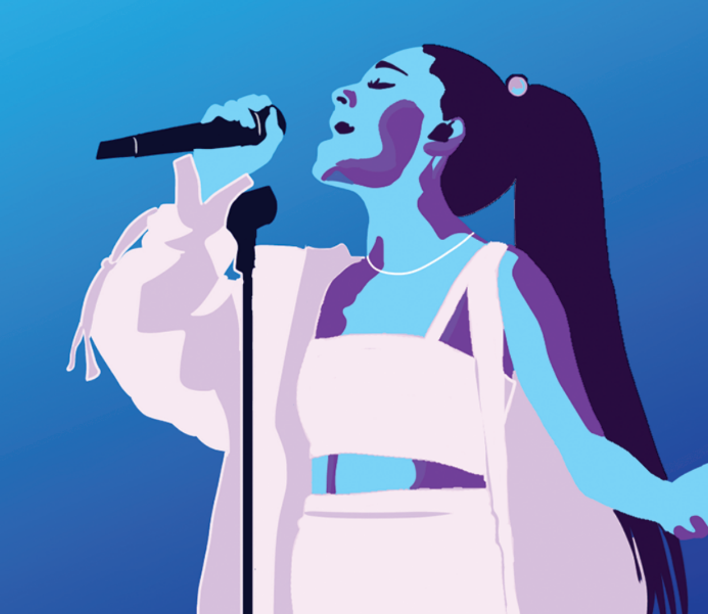
With the development of the internet and social media, along with changes in the music industry, copyright laws regarding music and intellectual property have gained a level of nuance unthought of in the days of the first DJs. Although the process has become more complicated, samples have continued to appear in the backgrounds of some of the most popular songs of the last 20 years.
With smaller artists increasingly gaining credit for their contributions to bigger artists’ work, sampling can actually serve as a route to success for artists whose work is sampled.
“Samples and the fact that people get the rights to reuse music is a really important thing in the music industry,” Antonow said. “It shares incredible music to greater audiences.”
Kanye, Nicki Minaj, Ed Sheeran, Olivia Rodrigo, Doja Cat, Drake and many more renowned artists have songs that are commonly known for the familiar pieces of audio interlinked in their melodies, continuing the legacy of this music technique.
Like Kongos’ use of tape loops that started the sampling movement, artists continue to utilize and refine past creative practices in their new music, even as technology and cultures evolve.
“There are some steps where I think AI is gonna help, some repetitive and time consuming steps that don’t necessarily require our creativity,” Bosi said.“With every big change, there is kind of a period of learning experience, but I feel like generally the possibilities are very, very exciting.”




